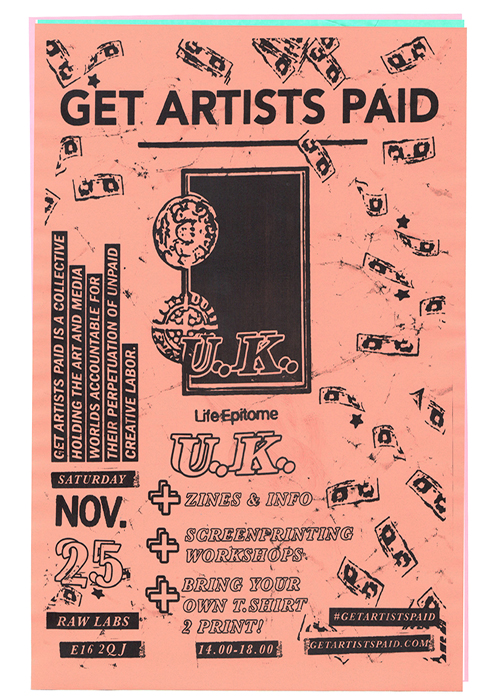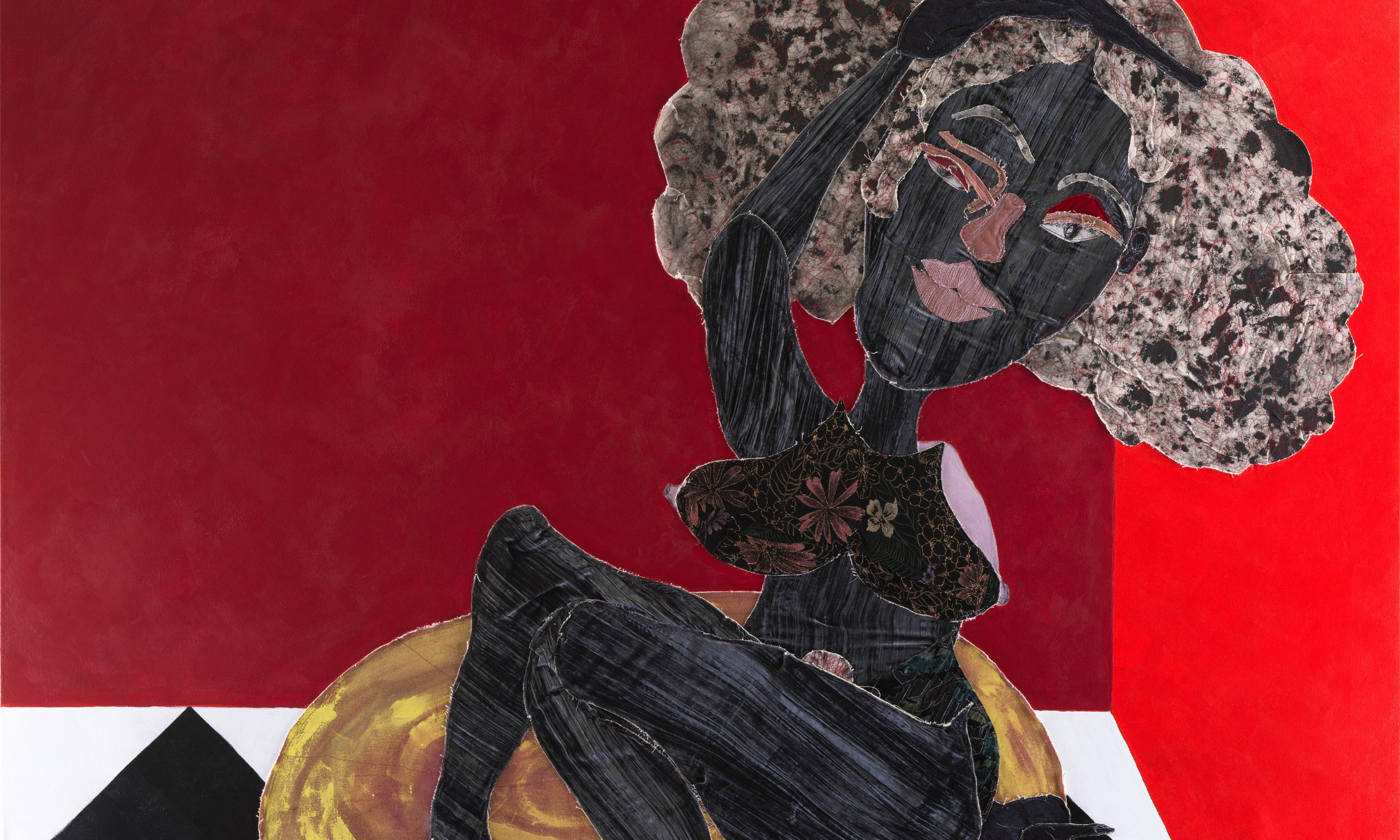
I regularly get assured by people, friends, strangers, that I will get a career I am looking for eventually. Whilst these comments of encouragement are well-intentioned, they are frustrating when I am already working in the industry I want to, in the roles I want to – in the art world.
These comments become infuriating when you consider that they are a sign of a much deeper assumption that work in creative industries is “leisurely” – it’s not “real” work and I will find my way towards a career eventually. This opens the hatch to a whole host of issues of exploitation and access inequalities in the art world, especially pertinent to those who have been historically marginalised and excluded.
This widespread assumption that creative work is ”leisurely” along with rising artist studio fees and cuts to arts funding results in a decrease in the number of creatives who get paid for their hard work. Additionally, the continuation of unpaid labour in the creative industries contributes to its elitism – one has to be able to afford to work for free and not everybody can. Despite this there is an understanding that unpaid work is the only way to get your foot in the door. Creative industries have the highest number of internships available to relative job positions, with unpaid labour continuing to be commonplace. Institutions play off the hard work and creativity of independents, approaching them for their “trendy” politics. This is exemplified by the very recent incident of Paper Journal Magazine deleting content that Tiffany R Chan posted during an Instagram takeover on their page, giving the impression that they approached Tiffany for an “aesthetic” of “diversity” but erased the content when the political message underpinning it became apparent. Art that sits outside of institutions is massively important because it pushes the envelope of oppressive normality. It has the potential to create new worlds and destabilise power structures. Whilst this pushing of boundaries is important, the lack of financial compensation also means this work is unstable and unpredictable – working in the art world I personally encounter this instability all the time. I know so many others who do too.
Cuts to funding and a lack of willingness to pay for creative labour says to me that our society doesn’t respect art. This is at odds with the fact that art is consumed consistently and continuously. There is the demand for art with museum attendees being at a record high and the acknowledgment that design deeply influences our experience of the world, but unfortunately there isn’t just compensation for the people who make it.
Creatives suffer from exposure-based compensation and unpaid labour. Creatives of colour also suffer from an under-representation in art world positions. London is incredibly diverse: with a population that is only 44 percent white British, 100 percent of Tate Modern directors have been and still are white. The issue with this lies in the fact that mainstream discourses of art in London don’t represent the spectrum of people within it. Art institutions capitalise on identity politics and racial oppression in their public communication but the diversity in internal positions contradicts this. Just as Paper Journal Magazine were paying Tiffany in exposure for content that might demonstrate their “inclusivity”, they then took that exposure away when its political depth as content from a POC artist was revealed.
Exposure based compensation is toxic. Exposure based compensation is exclusionary. The countless times big brand names of the art world have approached “emerging” artists for exciting projects only to ultimately reveal they have “no budget” for this is sickening. GAP calls bullshit on this. Exposure = exploitation. It’s time to show that institutions work for us, not the other way around.

GAP is an activist group that aims to challenge and expose unequal power structures and institutions operating off the backs of creatives. It focuses on creating transparency, combating exposure based compensation and institutional structures that have historically excluded people. GAP recently exposed Vice for unethical labour practices, co-opting social struggles with exploitative coverage of communities of colour and ethnic communities. GAP compiles research on the net worth and background of powerful individuals in the art world – making its unequal structures more and more visible. GAP is also a resource and safe-haven for creatives to find out about rights and protection when it comes to increasingly risky freelance creative labour.
We hope to create dialogue around unpaid labour, a network of support for independents and artists, and a space to inform ourselves and others about rights, protection and exclusion in this increasingly gig-economy creative work lifestyle. We hope to begin this on 25th November at RAW Labs, a new art space in East London, with a screen-printing workshop run by Rosie Lee Wilson. Come down to print designs and slogans on your clothes, discuss creative labour and hear talks from artists about getting paid for your work. Independent creatives are the backbone of the art world. They create the foundations of art institutions who in turn exploit them. Creative institutions are happy dolling out unreasonable sums to some artists all while exploiting others. It’s time to level the playing field, not only with regards to gender and race in art institutions but also between different fields of work: creative work is just that – work – and we demand it to be seen as such.
Event details can be found here: https://en-gb.facebook.com/events/181463352403110/
More informaiton on GAP can be found on their instagram, and on their website.










